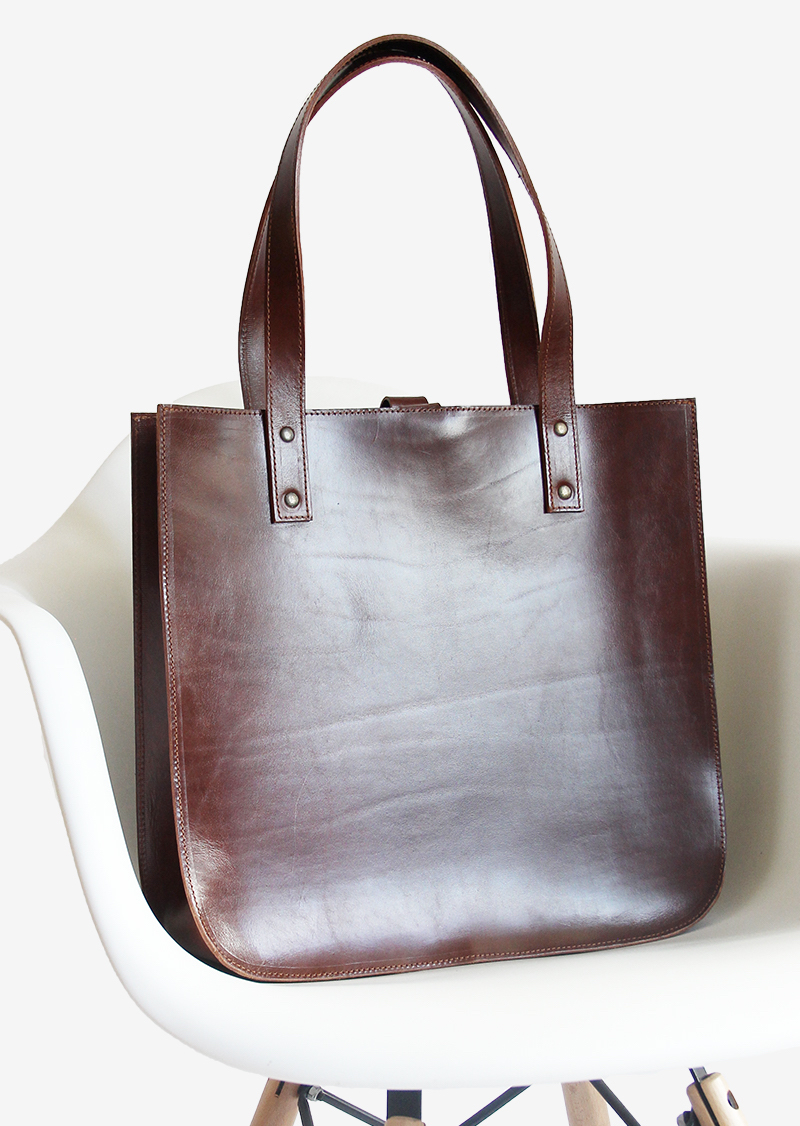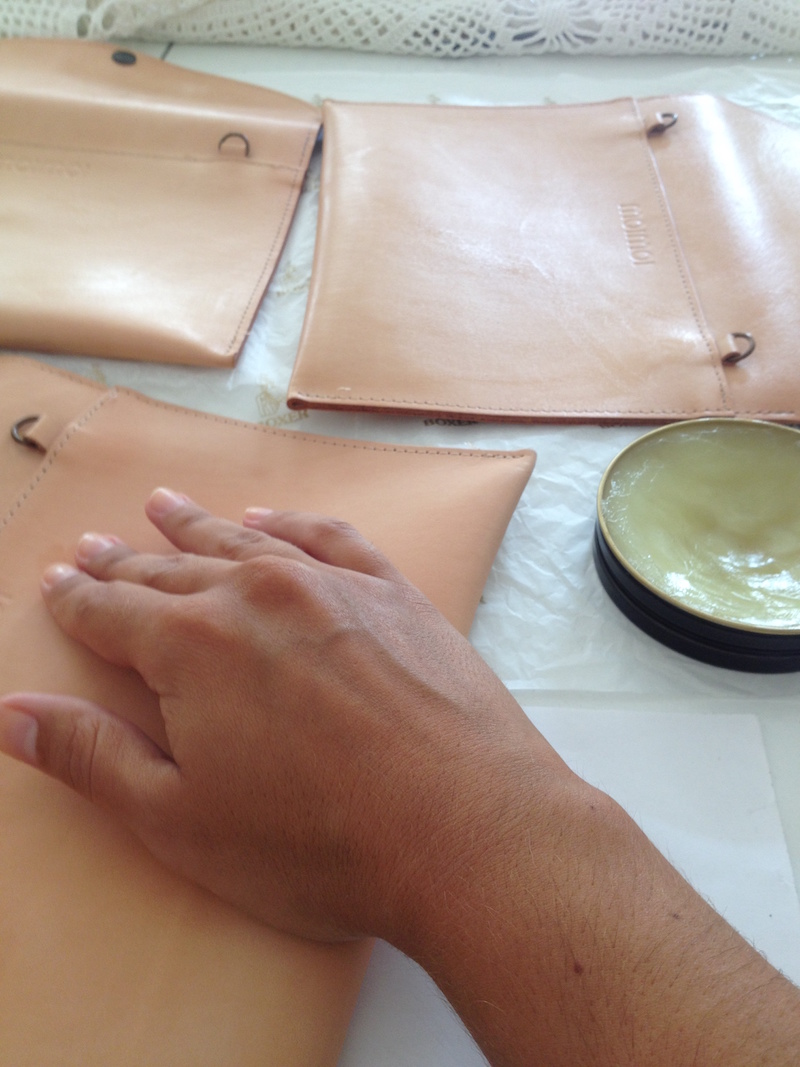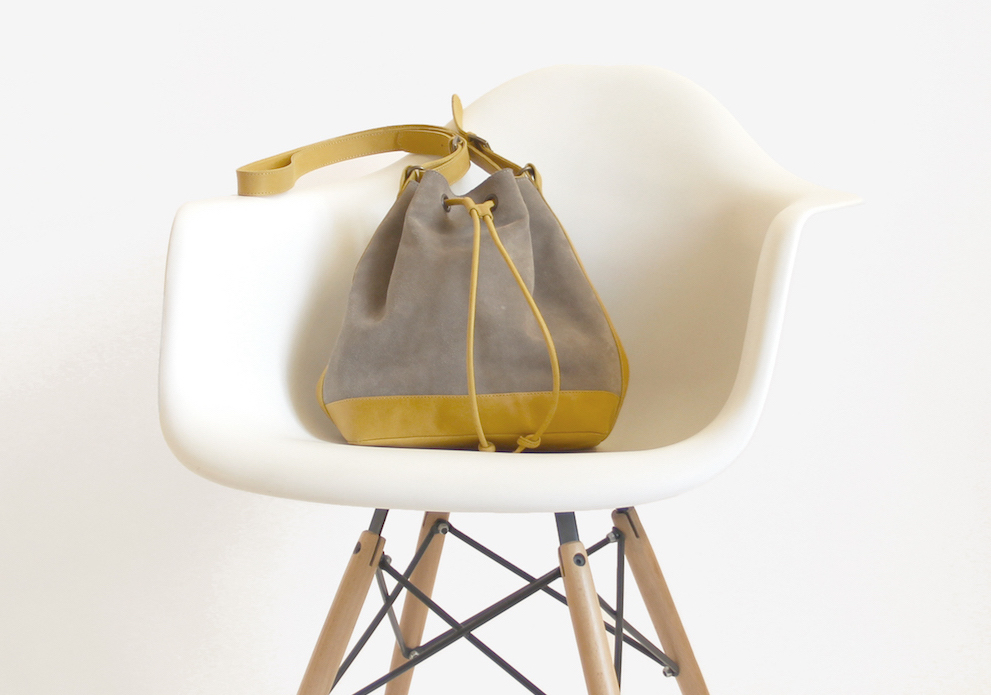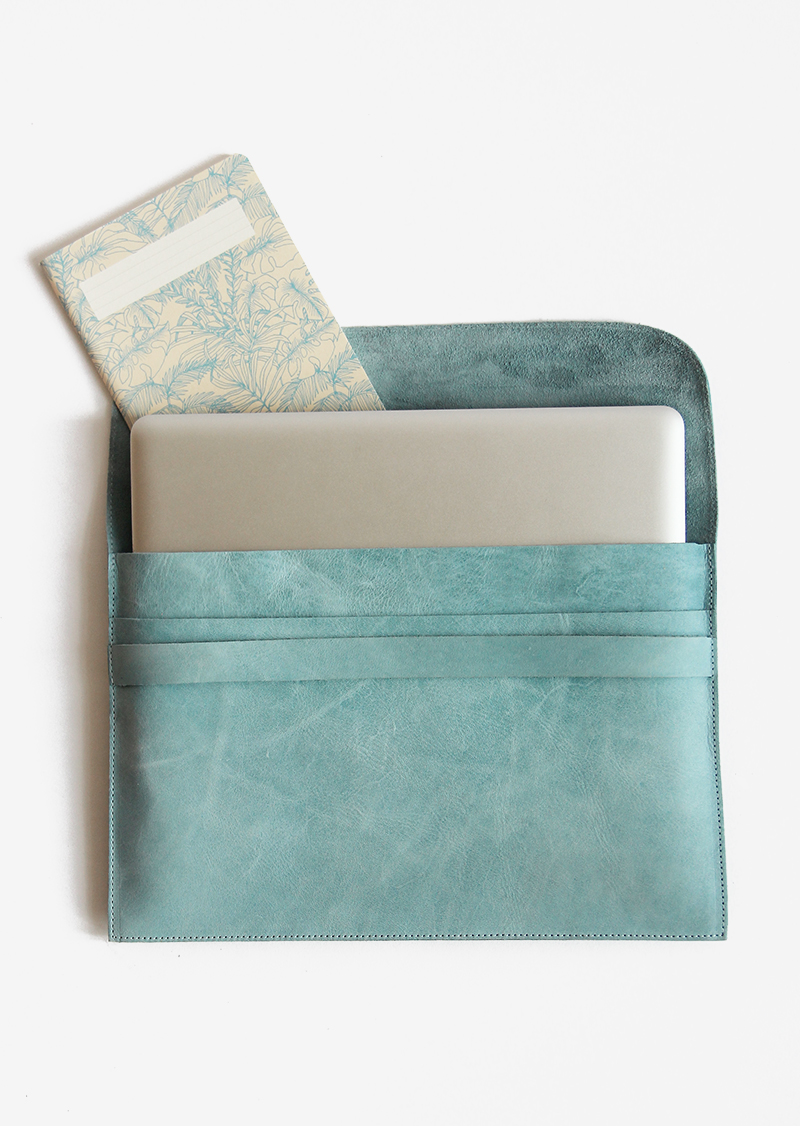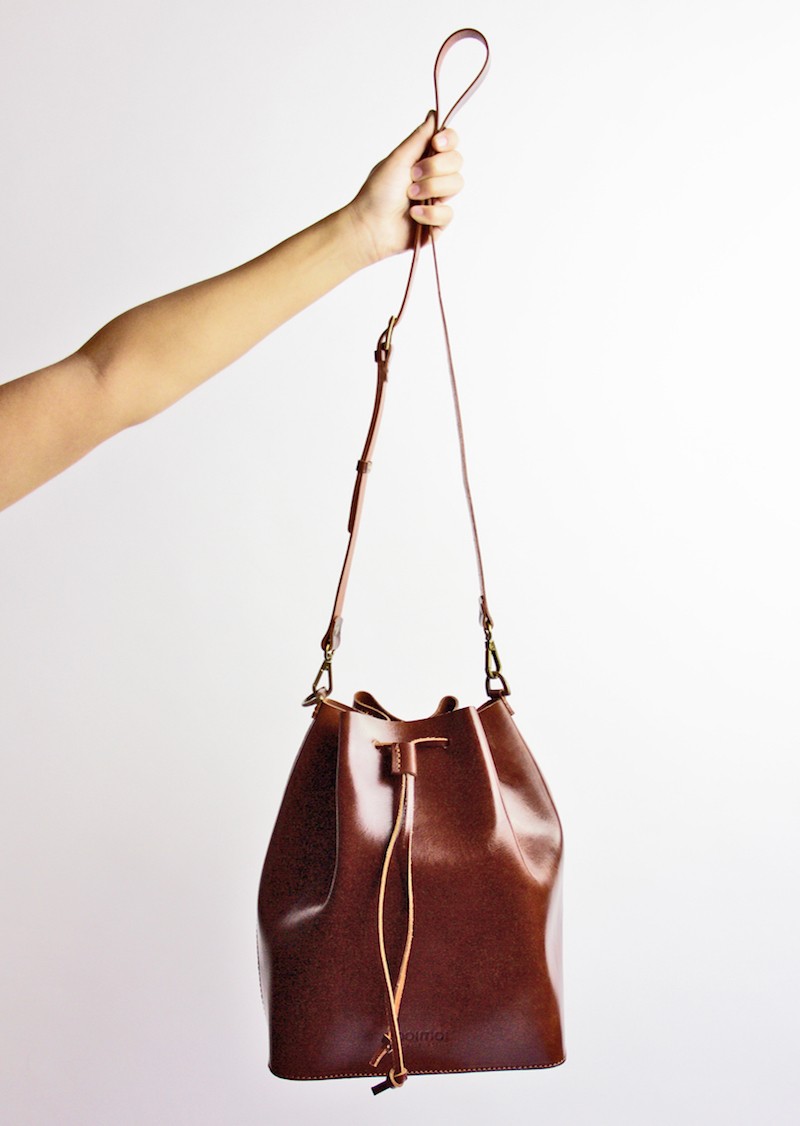The tanning
Tanning is the process that converts animal skins in soft leathers. It makes them resistant to water and rot-resistant. The most common tanning is chrome tanning because it is cheaper and faster but this type of tanning is increasingly denounced.
85% of the tanned skins in the world are elaborate with aluminium or chrome salt. These chemical products are polluting and can cause allergies. With the chrome tanning, the company increases in productivity and output but decreases in quality of the product and of the environment.
Few companies use the old technique to work with leather, the vegetable tanning. MOIMOI understood the benefits of this method and adopted it to make its bags and accessories.
What is vegetable tanned leather ?
It is still an animal skin but it is not tanned with chemicals such as chromium, formaldehyde, etc. The leather is tanned with acid called tannin. It is a natural substance found in the bark, leaves, seeds, roots or in plant sap. The part of the tree selected for tanning is the most concentrated part of the tannins. Depending on the desired result of colour or flexibility, plant species will be preferred to others such as oak, chestnut, mimosa or acacia. Our prehistoric ancestors already used this way, which makes vegetable tanning, one of the oldest techniques.
How is vegetable tanning made ?
Before starting the tanning, two steps are important: the work of the skin and the moisturizing process. To put in a nutshell, the work of the skin includes separating the skin from the carcass and selecting the skins according to its qualities and defects. It is also salted or dried in order to be conserved.
Then comes the moisturizing process which involves the soaking of the skin to moisten it to allow its liming (the removal of hair and mucous membranes), but also its fleshing (removal of excess fat and flesh). The scraped skin is finally washed and rinsed thoroughly with water and then wrung. The skin is ready for tanning when it becomes neutral by deliming that means, when it is freed from alkaline substances and lime, applied during the liming. After these two steps we can start the tanning. This fundamental phase is the most polluting. It has a real impact on the environment. It’s even worse with the use of toxic substances, such as chromium, as it can end up in surface water. This problem does not arise when using the vegetable tannin.
In fact, the skin is immersed in large cisterns where it rests in a saturated solution of vegetable tannins. At the time, maceration times were considerable. Therefore, vegetable-tanned skin sometimes took up to two years while today, a few days are enough. Indeed, the use of powders in concentrated fragments like quebracho or mimosa, rather than conventional oak bark, accelerates jeopardizes tannin. In addition, circular crushers now replace traditional tanks/cisterns.
These developments have greatly reduced the length of tanning. At this point, the leather can be marketed/commercialized already otherwise, comes the final step of mechanical working and finishing. This last phase includes obtaining the exact shade and the desired flexibility. The leather is then stretched and dry out. Finally, it is sanded, and sometimes printed. The leather is then transformed into finished leather.
Why should we adopt it ?
There are many benefits to vegetable tanning. First, it is a healthier process for the worker, as no chemicals are used. Therefore, it’s not dangerous for him. This method is less harmful to our Earth and more environmentally friendly because the tannin comes from the nature. It’s better for the health of users because of safety and hypoallergenic qualities. Unlike chromium, which is well-known for causing many allergies.
In addition, the vegetable tanned leather offers stiffer, firmer and stronger leather. It has a good holding and a better moisture absorption. It also has natural colours and so we can get deeper and more nuanced shades. It has the advantage of aging well and to embellish over the years with a nice patina.
All in all, you should adopt vegetable tanned leather to preserve the manufacturer and user health, the environment, as well as for its qualities as a sustainable material.
Follow us on our social media
Get a 10% coupon by subscribing!


